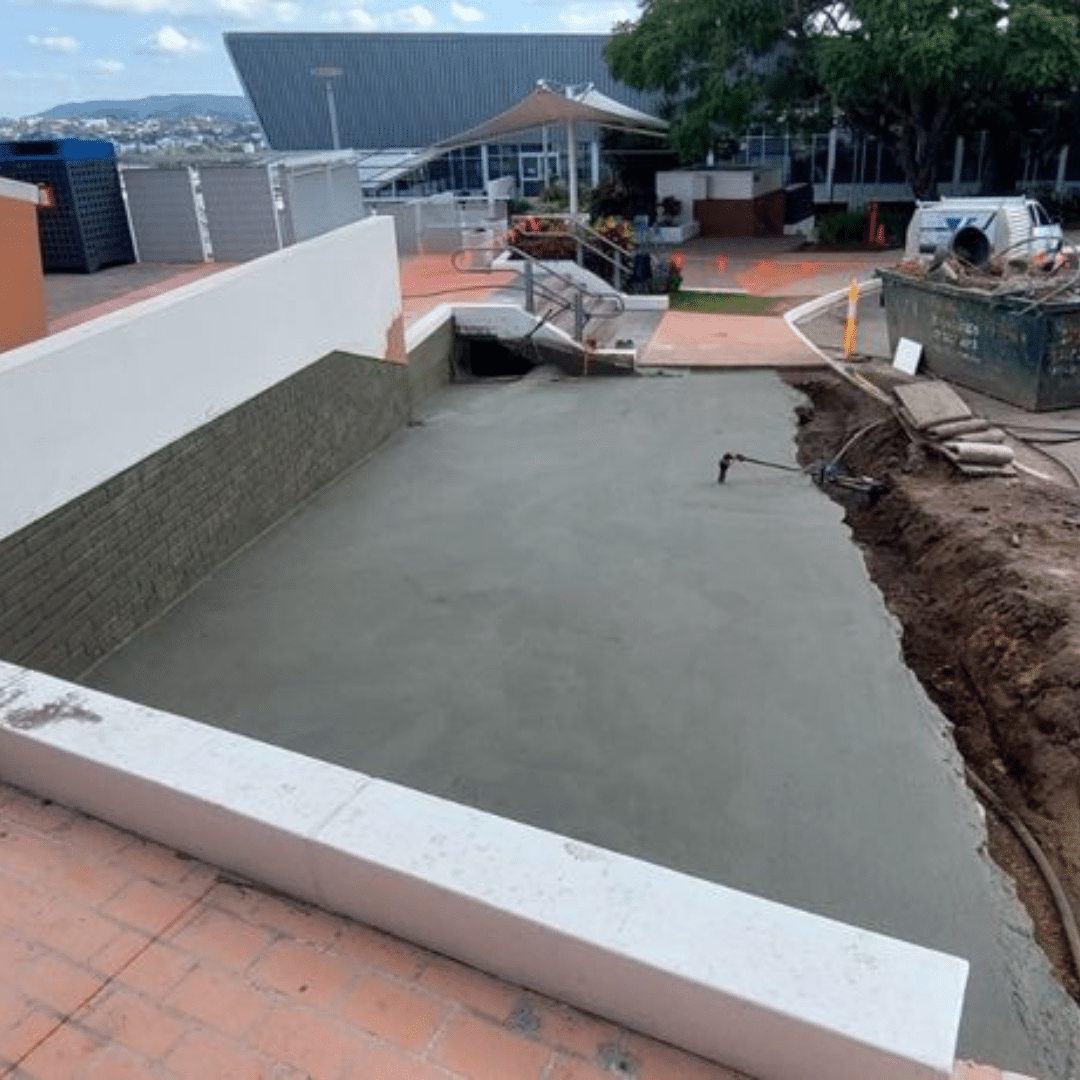What is Negative Side Waterproofing?
Negative side waterproofing also known as reverse side waterproofing means performing remedial waterproofing on the interior side of a structure.
This “dry side” of a wall doesn’t get directly exposed to the elements like a building’s exterior, which is susceptible to direct rain exposure – that’s why it’s called the “negative side.” Negative side waterproofing is mostly for interior walls, slabs, basement waterproofing, and remedial work on existing structures.
Benefits
Space accessibility is a core advantage of negative side waterproofing. Reasons for this include:
- Easy to reach without excavation, digging.
- Minimal prep for substrates, if it has not been painted, rendered or previously treated with a waterproofing system.
- Allows repair teams to work inside the structure, making it particularly effective for basements, tunnels, and below-grade areas where exterior access is limited or impossible.
This is unlike positive side waterproofing, which may require workers to remove the surrounding earth to unbury outside walls.
Negative side waterproofing also helps the structure withstand high fluid pressure. You’re less likely to need basement leak repair or struggle with leaks in other parts of your home or commercial space. This could mean reduced property damage and potentially fewer costly repairs in the future.
What is Positive Side Waterproofing?
Positive side remedial waterproofing also known as earth side waterproofing applies water-resistant features to the exterior of a building.
That’s the side that gets hit by rain or wind. It’s the “wet” side of the structure.
This foundation waterproofing method ensures that a building is structurally sound. Without positive side waterproofing, walls and ceilings can decay over time as moisture builds up. This can lead to:
- Mould-related health hazards
- Weak, collapsing foundations
- Warped walls and floors
Exterior waterproofing is a critical part of constructing new buildings. Many people also perform it on the slabs used to create and renovate structures. Concrete rooftop waterproofing is just as essential, as it shields the building from water infiltration and helps safeguard the structure from potential damage and ensures long-term durability.
But it’s also an important part of strengthening existing buildings and keeping them sturdy. If your structure is having ongoing issues with leaks and water damage, you may need a combination of both positive and negative side waterproofing services.
Contact Us!
Positive vs Negative Side Waterproofing: Fundamental Differences and Benefits
An effective positive-side waterproofing system, combined with proper drainage, is the optimal solution for keeping water at bay. However, over time, waterproofing systems can begin to fail for several reasons. One common cause is the natural movement or settling of a building, which can be as a result of shifting soil conditions or minor structural changes. This can cause the waterproofing layer to crack or separate, reducing its effectiveness and allowing water to penetrate. Other reasons can be age or poor workmanship.
Positive side waterproofing can be a more challenging process than interior waterproofing. It often requires excavation and the removal of the earth surrounding the building. However, it can extend the life of your building by preventing moisture from entering the building at all. You limit the risk of:
- Flooding
- Cracks
- Warping
- Caving walls and floors
- Leaks
Water is less likely to get into your building in the first place. Blocking off structural parts that are exposed to weather damage means that moisture is unlikely to enter the structure at all. It allows you to:
- Protect against concrete deterioration and metal corrosion
- Insulate your structure
- Prevent temperature-related issues from cold/warm cycles
- Nip drafts and leaks in the bud
- Decrease the risk of stains
This preserves the comfort of your building. It also protects against aesthetic damages that require repairs.
Better insulation also means lower energy bills and better indoor air quality.
When Do You Need Positive and Negative Side Waterproofing?



